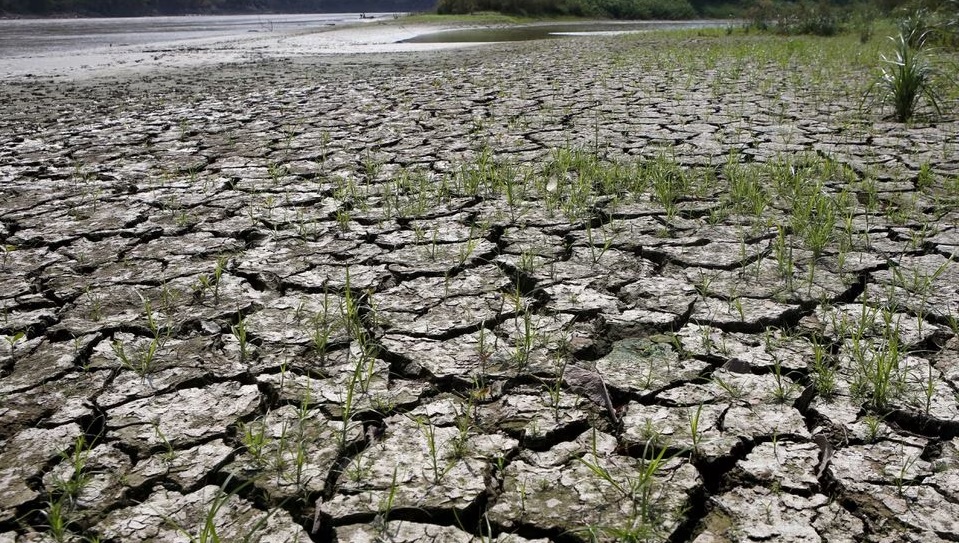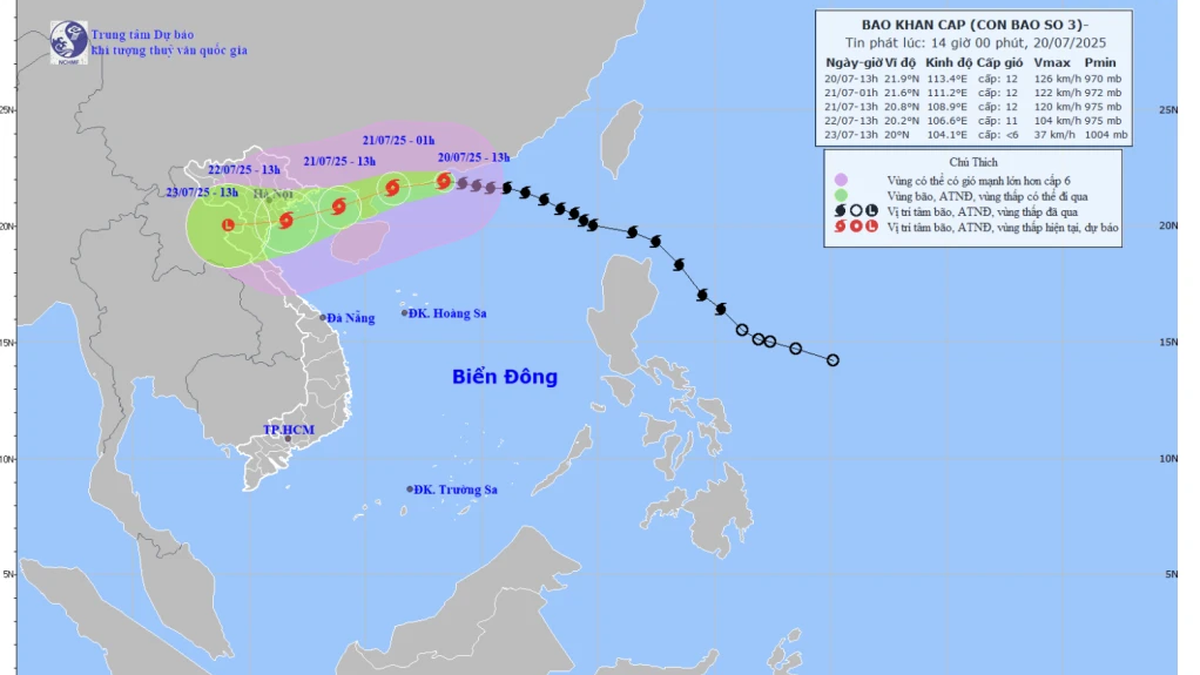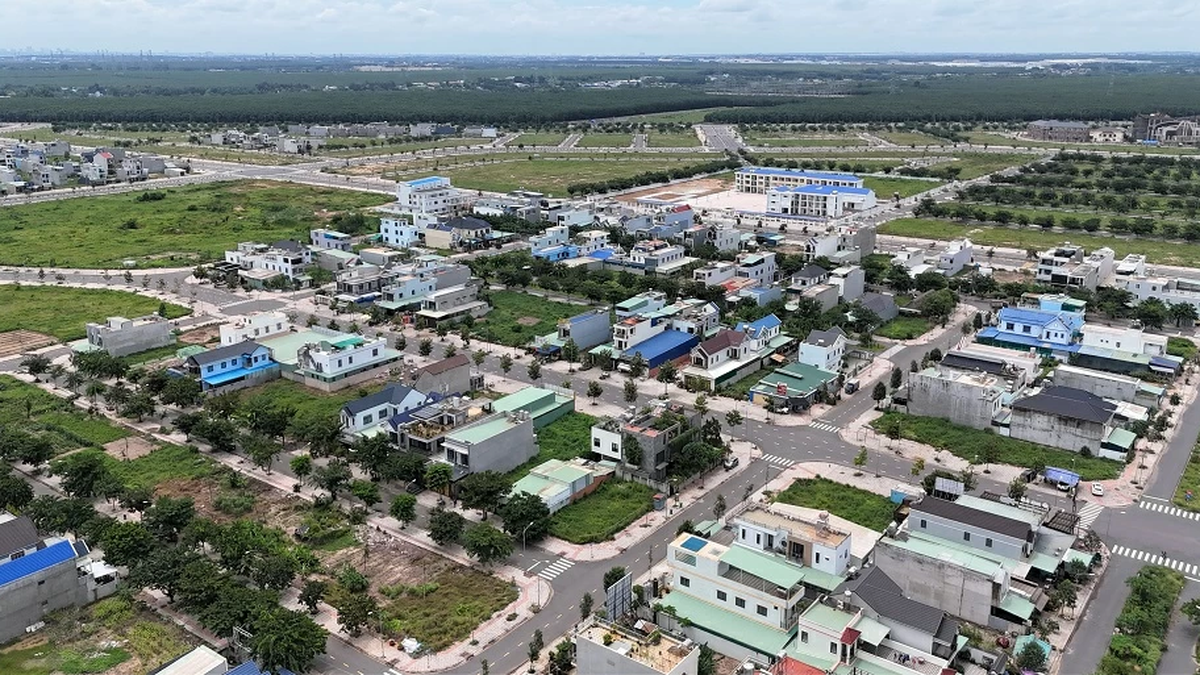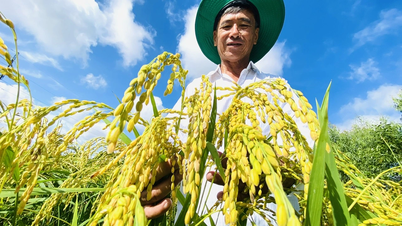El Nino tác động đến các khu vực như thế nào?
"Tùy thuộc vào cường độ của nó, El Nino có thể gây ra nhiều tác động, chẳng hạn như làm tăng nguy cơ mưa lớn và hạn hán ở một số địa điểm trên thế giới", NOAA dẫn lời nhà khoa học khí hậu Michelle L'Heureux tại Trung tâm Dự báo Khí hậu, cho biết.

El Nino kết hợp với biến đổi khí hậu sẽ gây ra nhiều điều kiện thời tiết khắc nghiệt. Ảnh: DPA
"Biến đổi khí hậu có thể làm trầm trọng thêm hoặc giảm thiểu một số tác động nhất định liên quan đến El Nino. Ví dụ, El Nino có thể dẫn đến những kỷ lục mới về nhiệt độ, đặc biệt là ở những khu vực đã trải qua nhiệt độ trên mức trung bình", tuyên bố cho biết thêm.
Tuy nhiên, El Nino lại thường mang lại lượng mưa tăng lên ở Nam Mỹ, Trung Á và vùng Sừng châu Phi, làm tăng hy vọng rằng nó có thể chấm dứt hạn hán ở đó. Ngược lại, mô hình khí hậu này làm tăng nguy cơ hạn hán gia tăng ở các khu vực khác như Úc, Indonesia và một số khu vực Nam Á.
Đầu tuần này, Úc đã cảnh báo rằng El Nino sẽ mang đến những ngày nóng hơn, khô hơn cho đất nước vốn đã dễ bị cháy rừng. Nhật Bản và Tây Ban Nha đều cho rằng mô hình khí hậu này vừa gây ra mùa xuân ấm nhất được ghi nhận ở quốc gia của mình.
Tại Mỹ, El Nino có tác động tương đối yếu vào mùa hè, nhưng mạnh hơn từ cuối mùa thu đến mùa xuân, theo NOAA. Trong khi El Nino có tác dụng hạn chế hoạt động của bão ở Đại Tây Dương, song thường thúc đẩy hoạt động của bão ở khu vực trung tâm và phía đông Thái Bình Dương.
El Nino và El Nina là gì?
Mô hình khí hậu này trung bình diễn ra cứ sau 2 đến 7 năm. Từ El Nino trong tiếng Tây Ban Nha có nghĩa là "Cậu bé" và nó đề cập đến giai đoạn ấm lên của khí hậu.
Mô hình này xảy ra phần lớn là do vùng nước ấm bất thường ở Đông Thái Bình Dương, được hình thành khi gió mậu dịch thổi từ đông sang tây dọc theo xích đạo Thái Bình Dương diễn ra chậm lại hoặc thậm chí đảo ngược khi áp suất không khí thay đổi.
Trước khi giai đoạn El Nino này bắt đầu, nhiệt độ mặt nước biển trung bình toàn cầu trong tháng 5 đã cao hơn khoảng 0,1 độ C so với bất kỳ nhiệt độ nào khác được ghi nhận.
Lần gần nhất trước đây, hiệu ứng nóng lên của El Nino xảy ra là từ năm 2018 đến năm 2019 và sau đó là giai đoạn thời tiết mát hơn, được gọi là La Nina, từ năm 2020 cho đến khi El Nino quay trở lại vào năm nay. Tuy nhiên, do biến đổi khí hậu, thời tiết trong những năm qua vẫn nóng hơn so với mức trung bình.
La Nina, tiếng Tây Ban Nha có nghĩa là "Cô bé", là hiện tượng lạnh hơn của thời tiết, khi đó nhiệt độ bề mặt nước biển ở phía đông và trung tâm Thái Bình Dương gần xích đạo thấp hơn bình thường.
Hiệu ứng El Nino mạnh nhất được ghi nhận là vào giai đoạn 2015 và 2016, khi gần một phần ba số san hô trên Rạn san hô Great Barrier của Úc chết do nước biển nóng lên bất thường.
Tác động đến nông nghiệp
Thời tiết khô nóng do El Nino gây ra đang đe dọa các nhà sản xuất lương thực trên khắp châu Á. Giá đường và cà phê kỳ hạn tăng mạnh vào thứ Năm sau khi báo cáo nói trên được công bố.

El Nino được dự báo sẽ ảnh hưởng tới năng suất của một số cây trồng ở các quốc gia châu Á, trong đó có Việt Nam. Ảnh minh họa: Reuters
Các chuyên gia cho rằng El Nino hoạt động mạnh có thể ảnh hưởng đến sản xuất đường ở Ấn Độ và Thái Lan, đồng thời có thể làm gián đoạn vụ thu hoạch mía ở Brazil. Họ cũng nhận thấy những rủi ro đối với sản xuất cà phê ở Việt Nam.
“Báo cáo chắc chắn là một yếu tố khiến giá cà phê tăng vọt hôm nay”, một nhà môi giới cà phê ở New York cho biết. "Thông tin này có thể sẽ khiến những người mua vẫn đang chờ đợi giá thấp rất lo lắng", một thương nhân đường ở Mỹ cho biết.
El Nino có thể khiến sản lượng vụ đông giảm 34% so với mức cao kỷ lục ở Úc, đồng thời ảnh hưởng đến sản lượng dầu cọ và gạo ở Indonesia, Malaysia - nơi cung cấp 80% dầu cọ thế giới - và Thái Lan.
Hoàng Anh (theo AFP, AP, Reuters)
Nguồn



























![[Photo] National Assembly Chairman Tran Thanh Man visits Vietnamese Heroic Mother Ta Thi Tran](https://vphoto.vietnam.vn/thumb/1200x675/vietnam/resource/IMAGE/2025/7/20/765c0bd057dd44ad83ab89fe0255b783)








































































Comment (0)